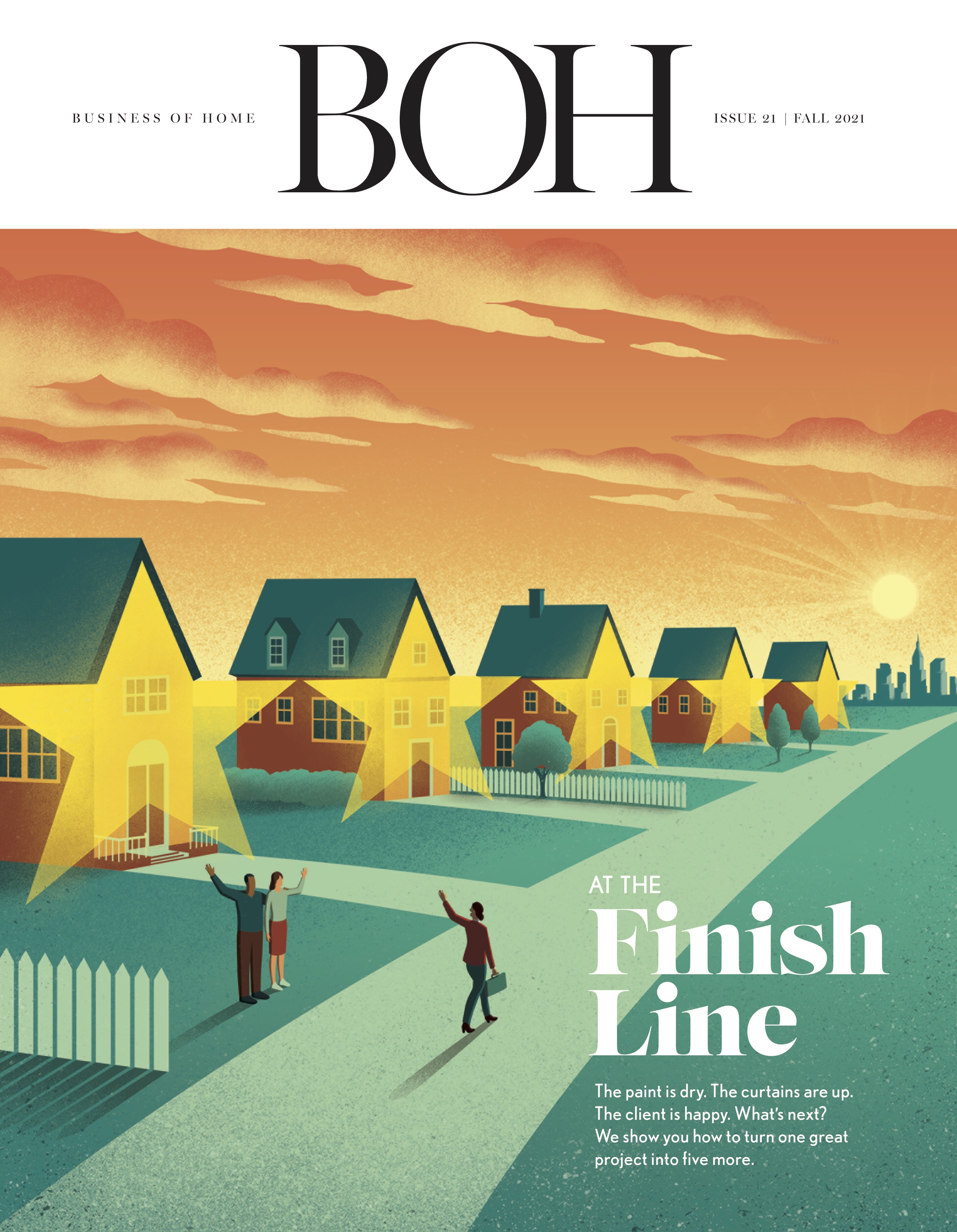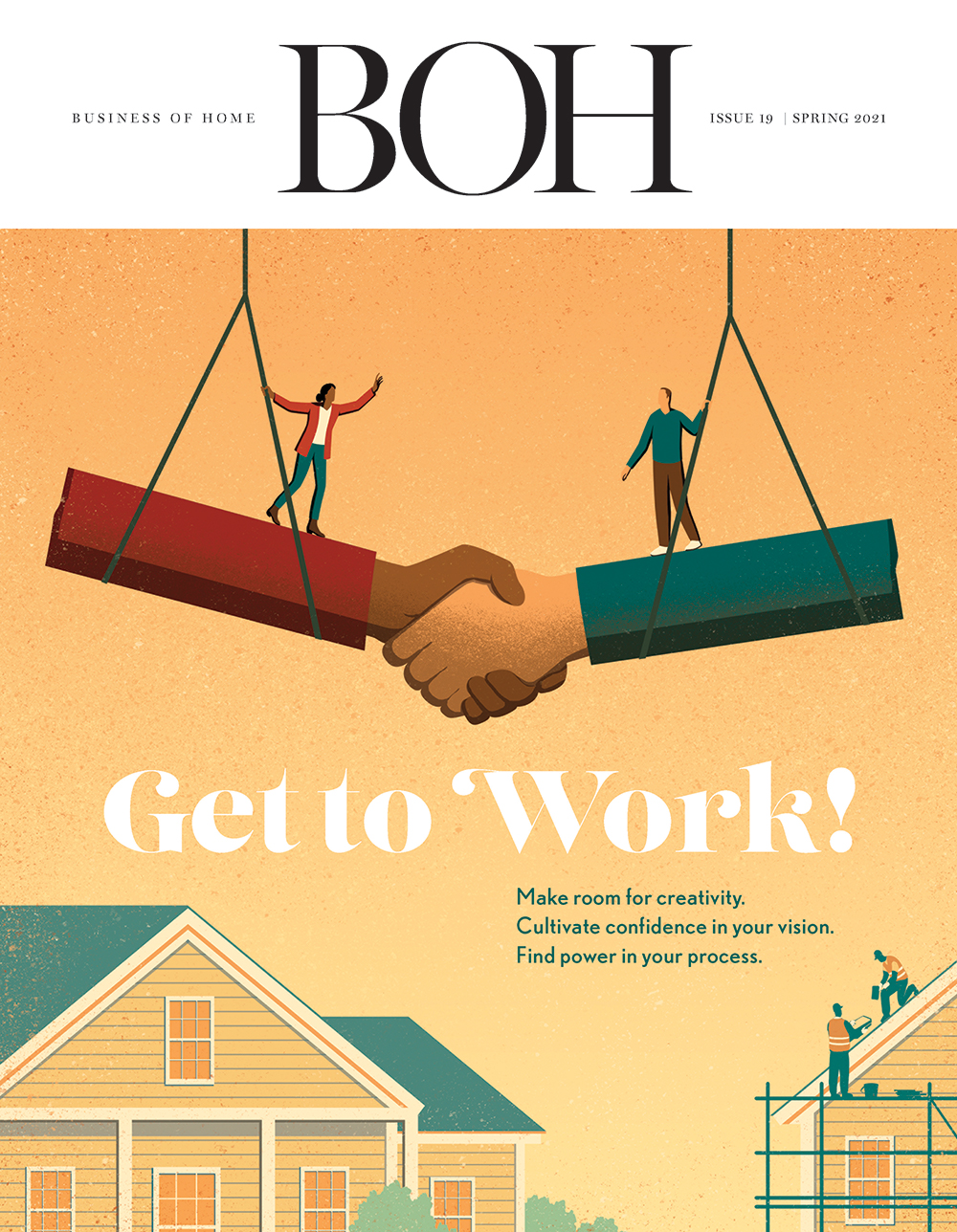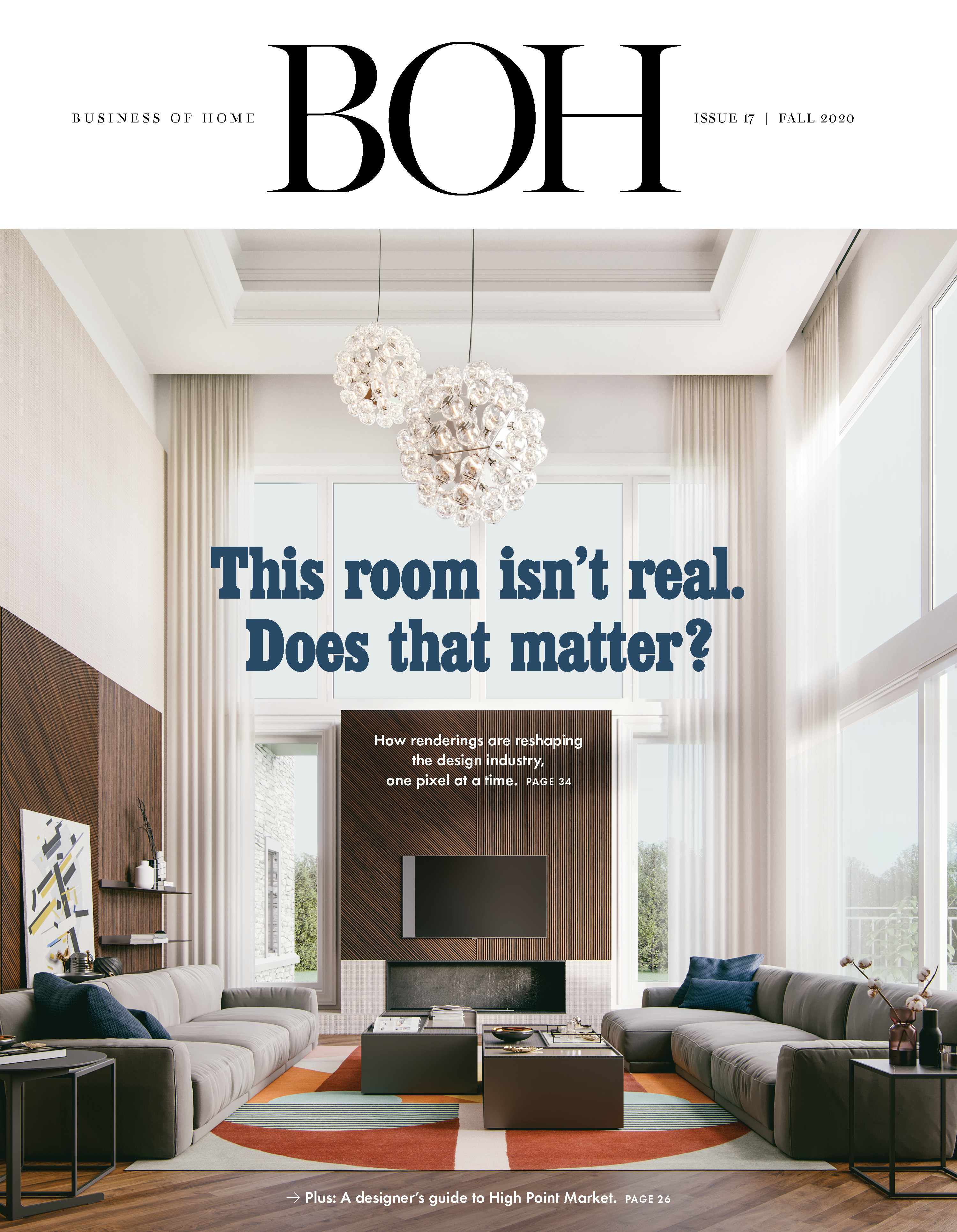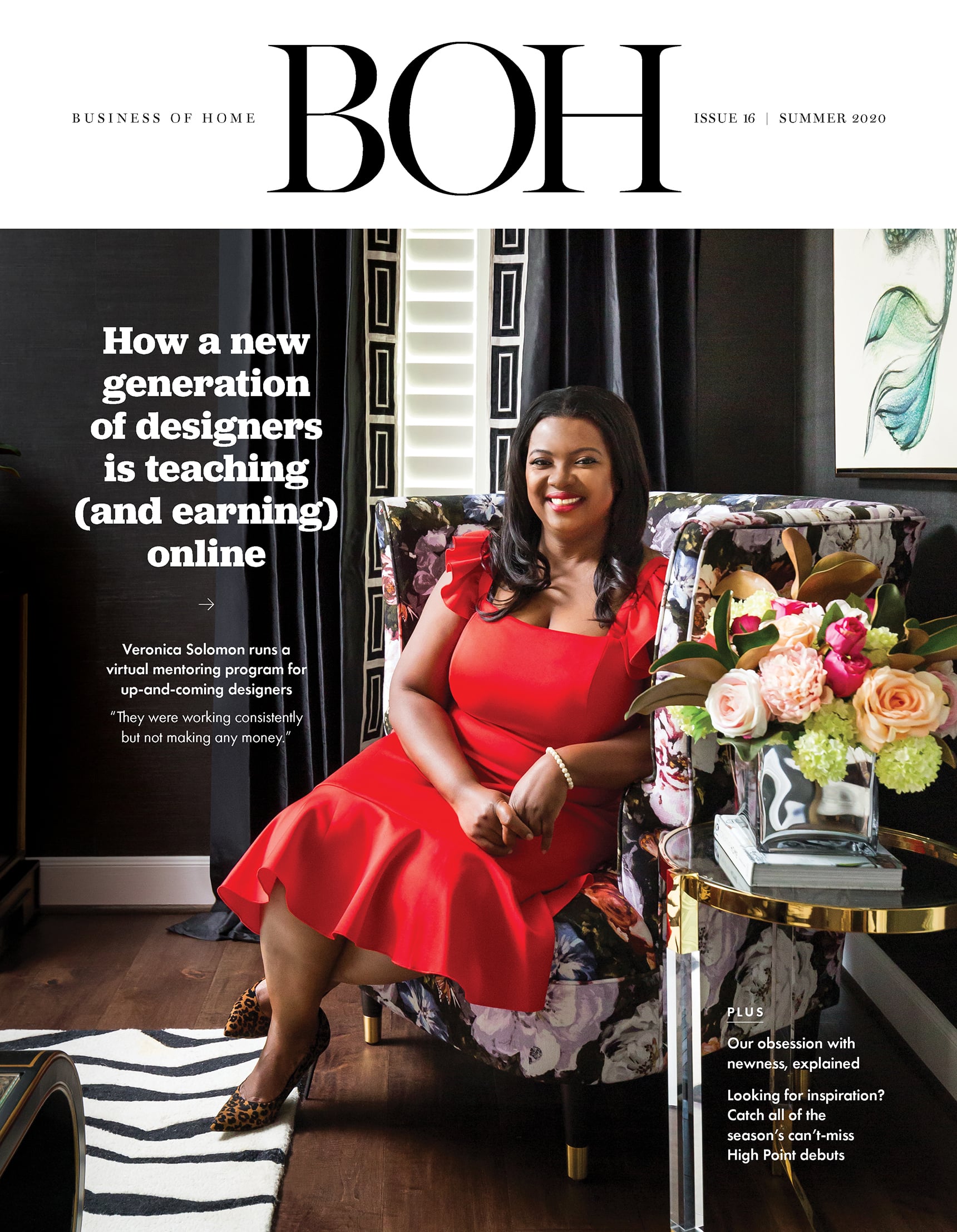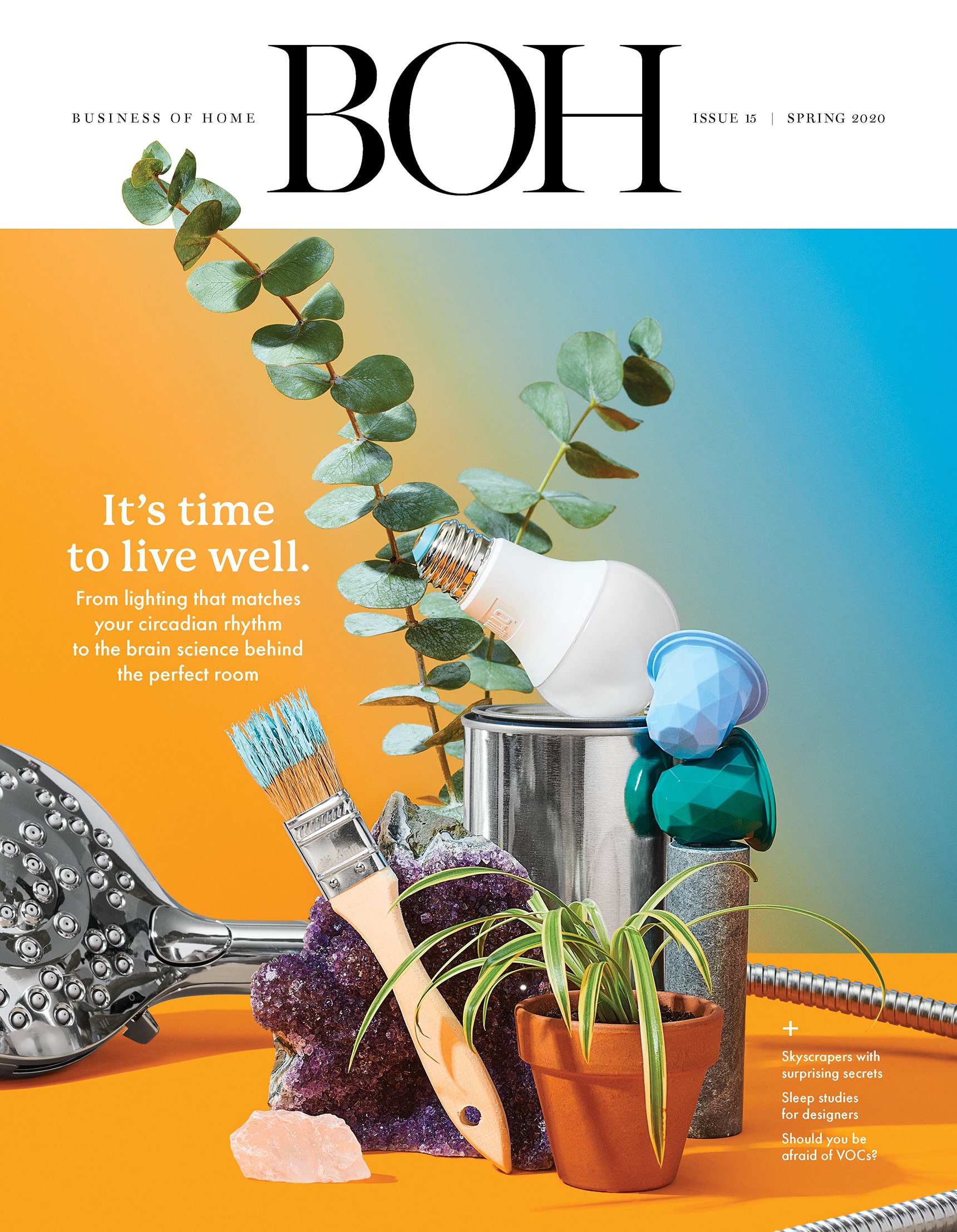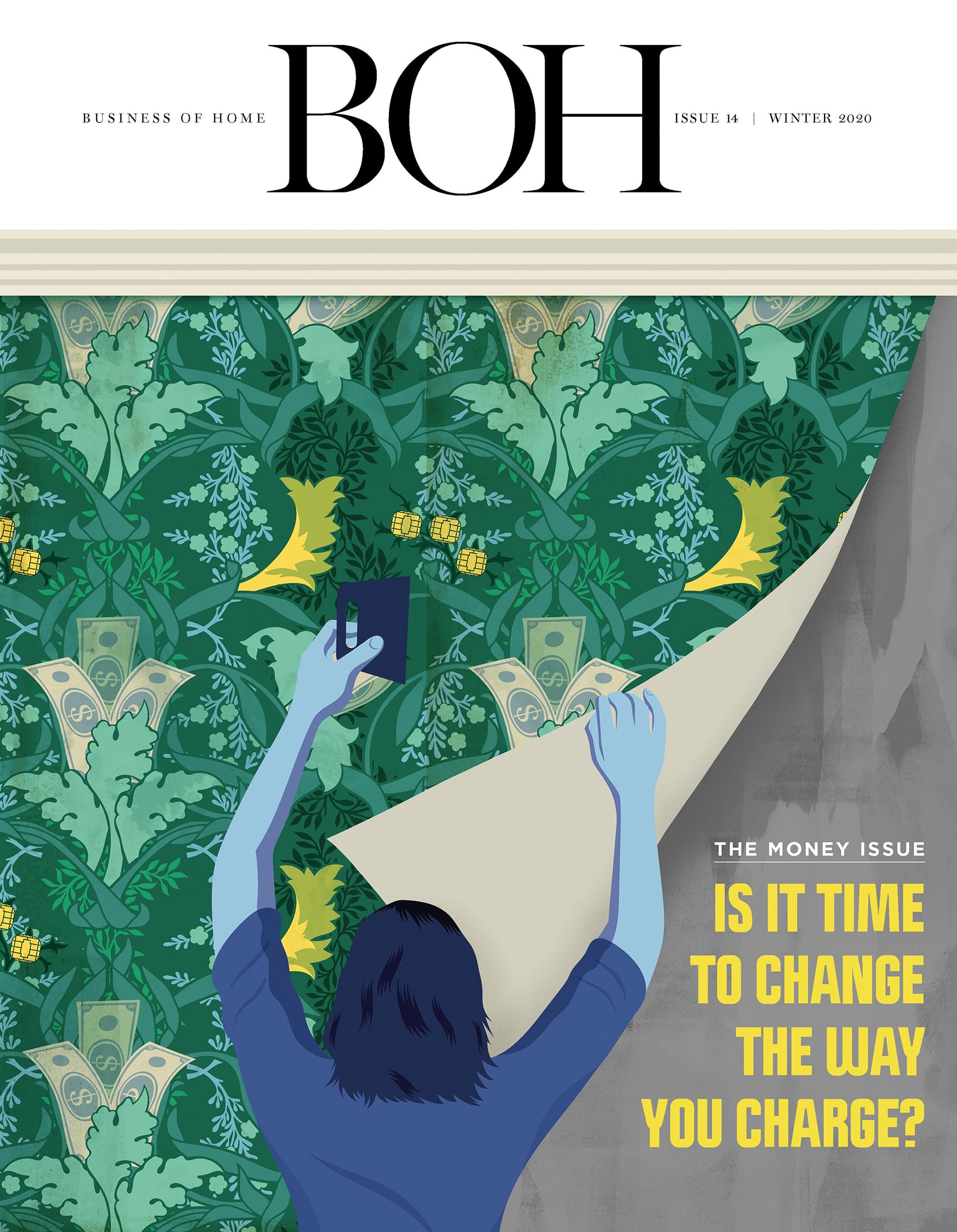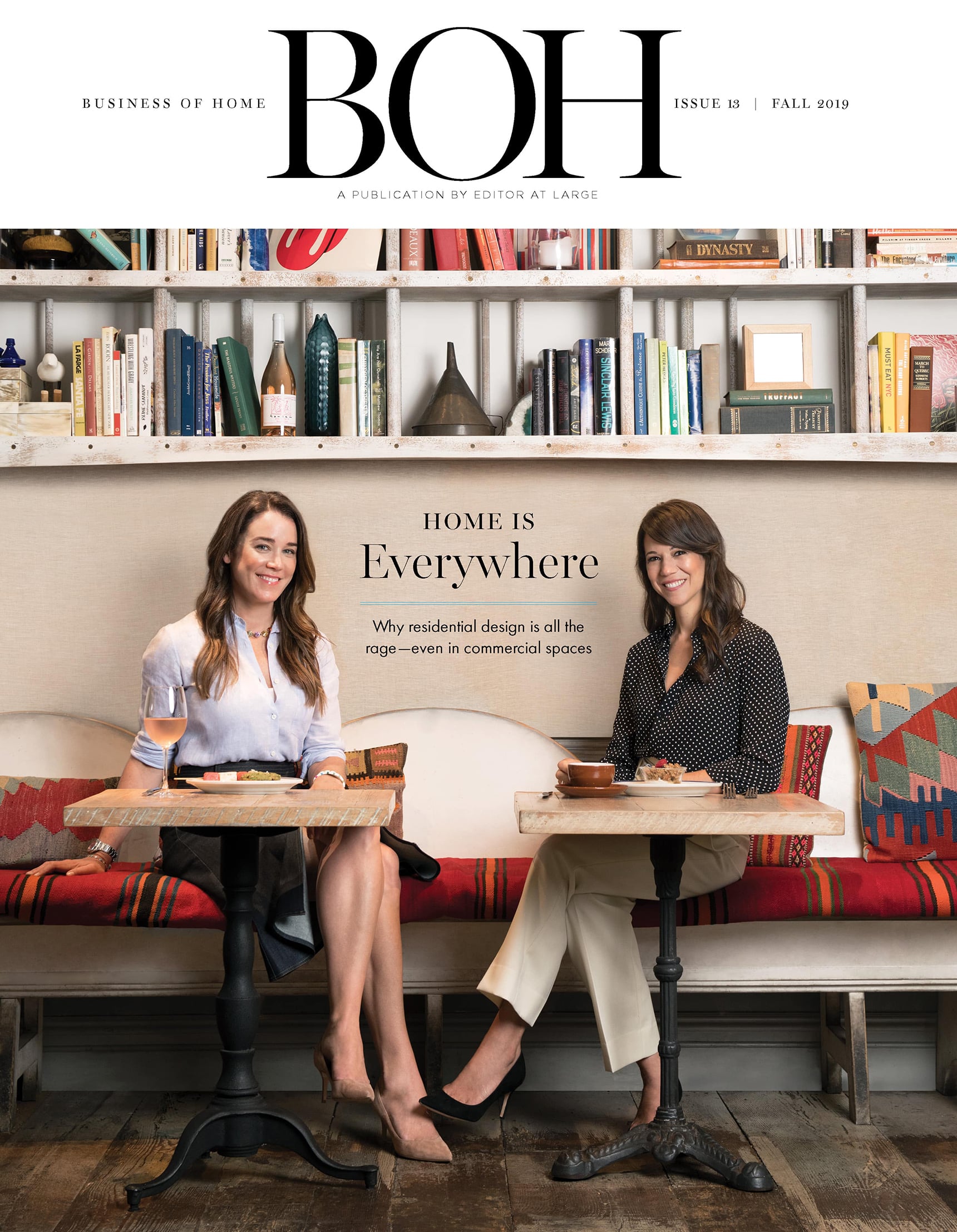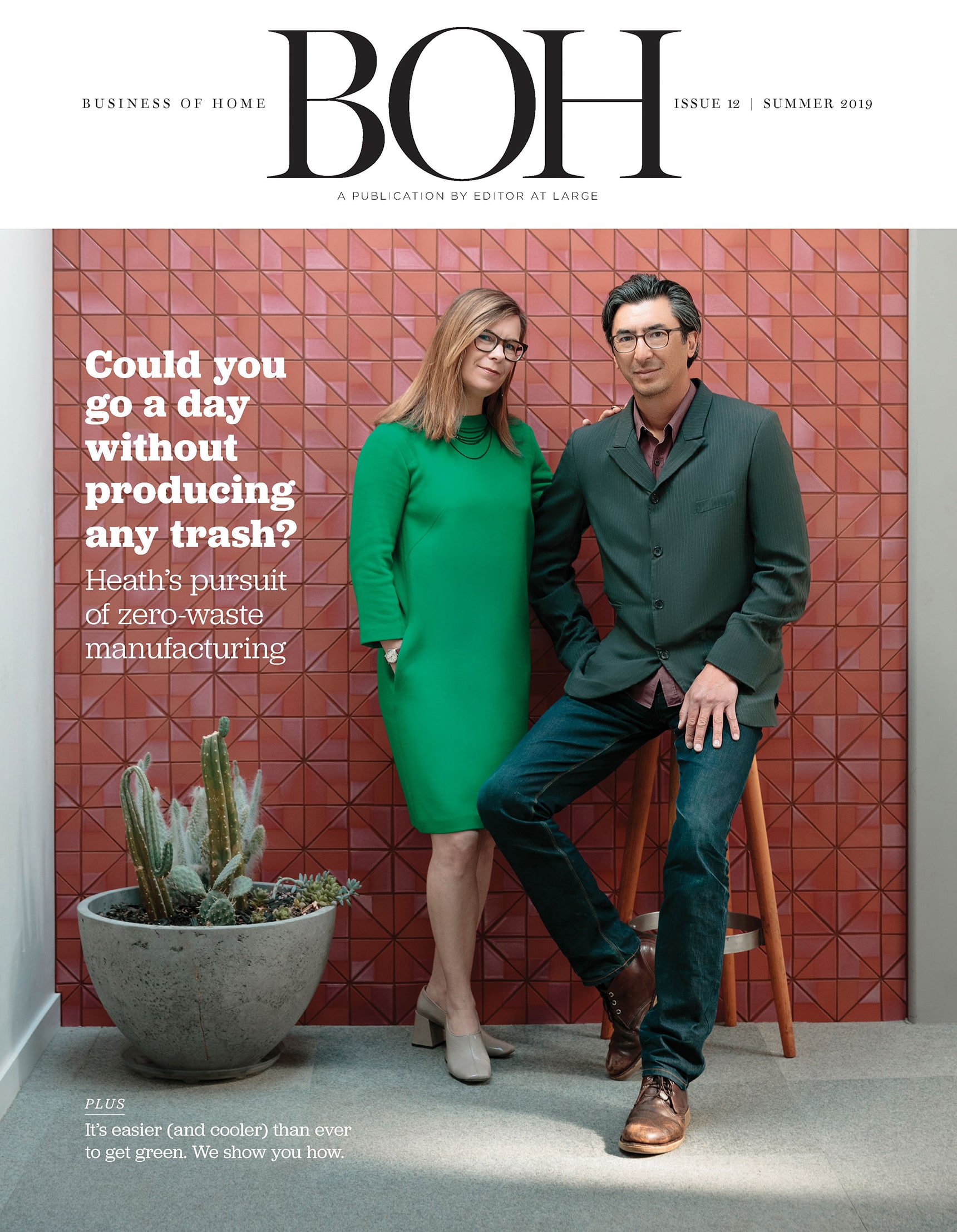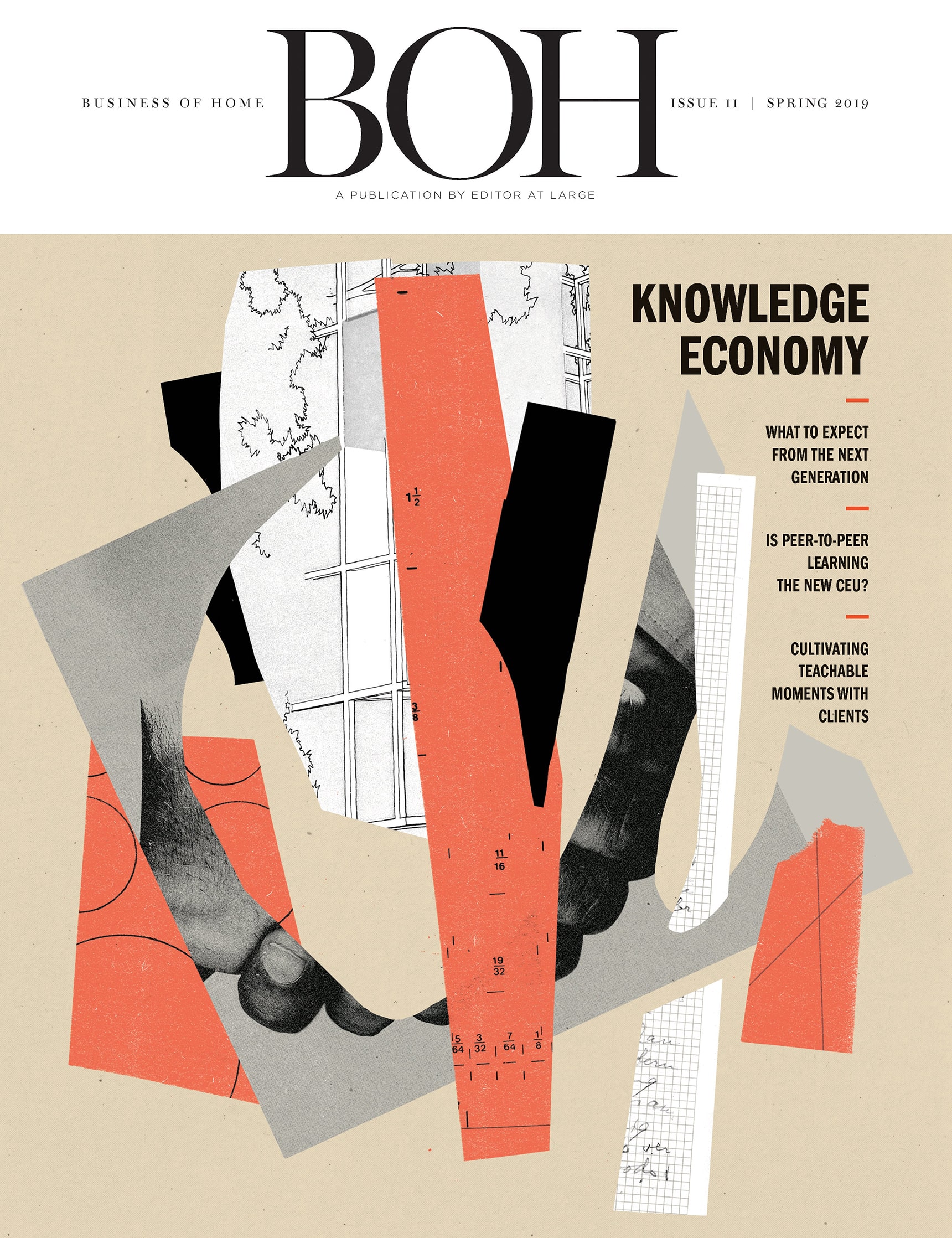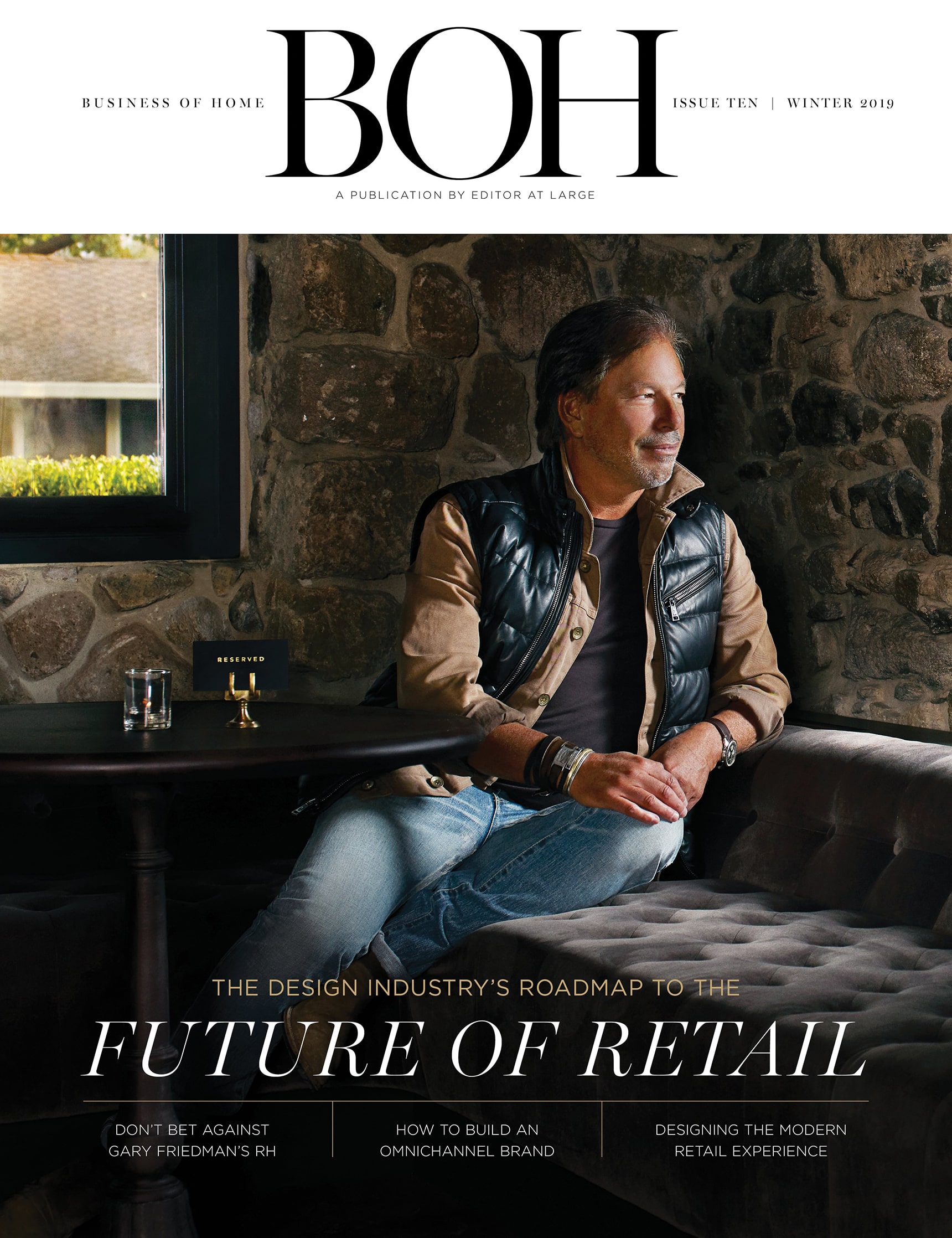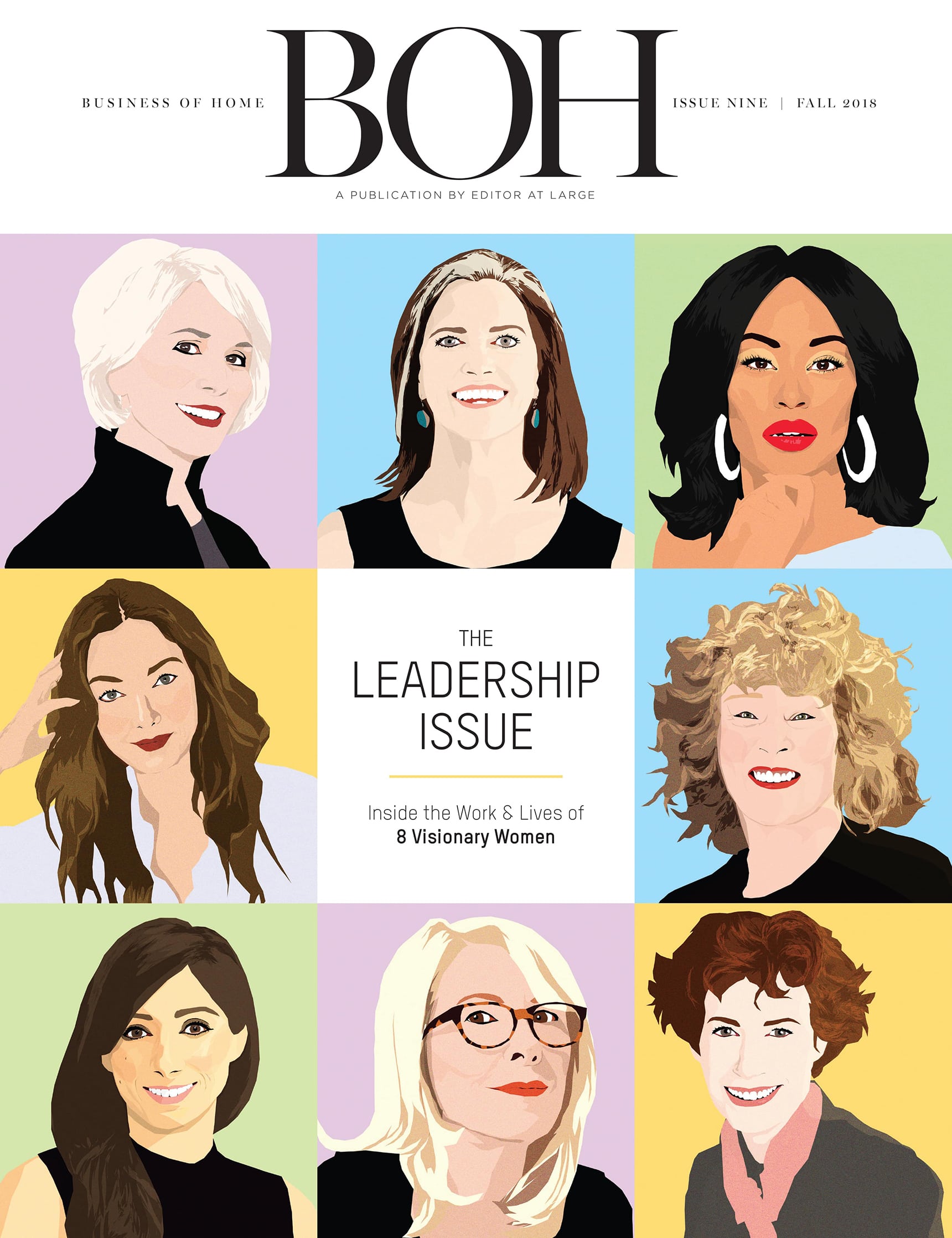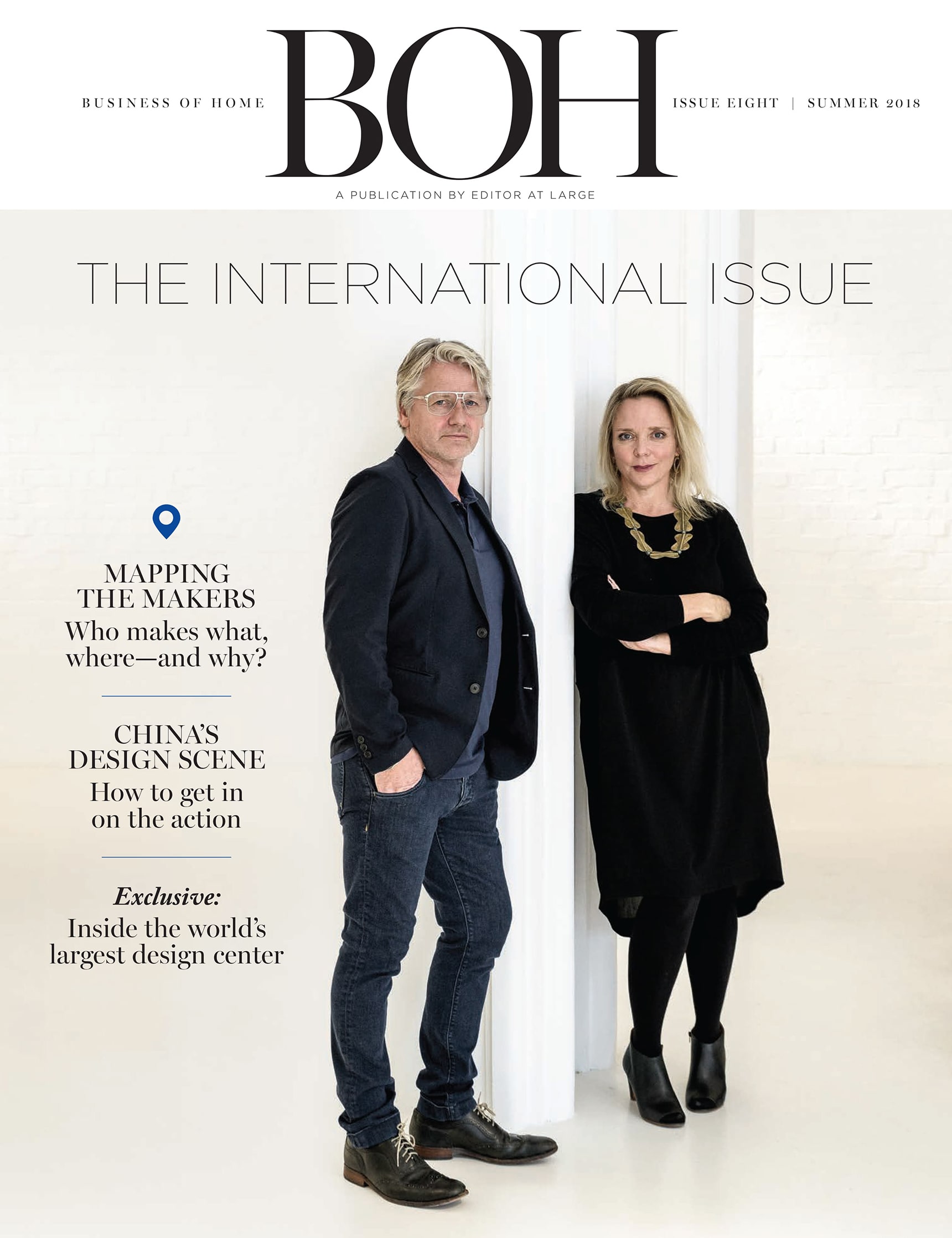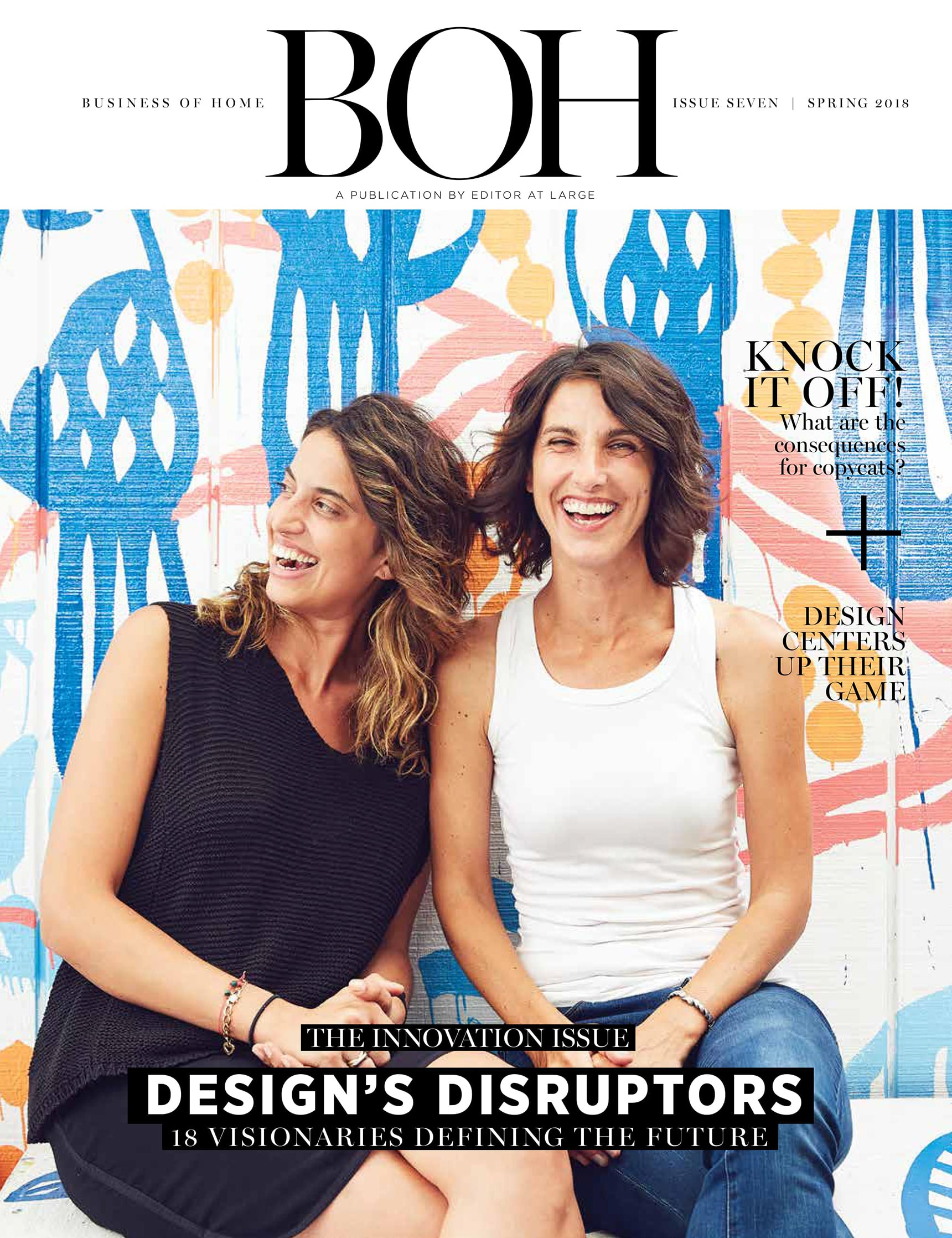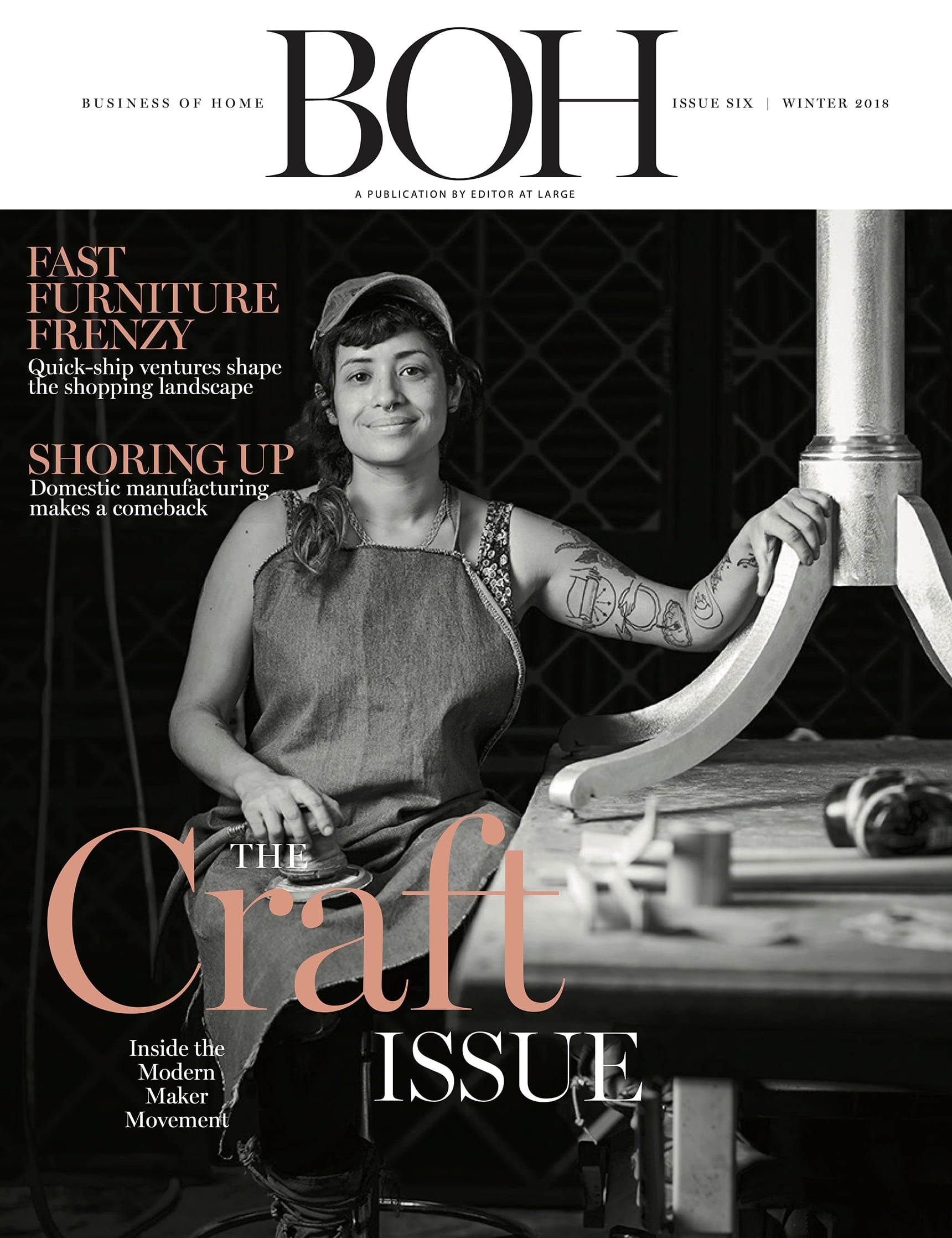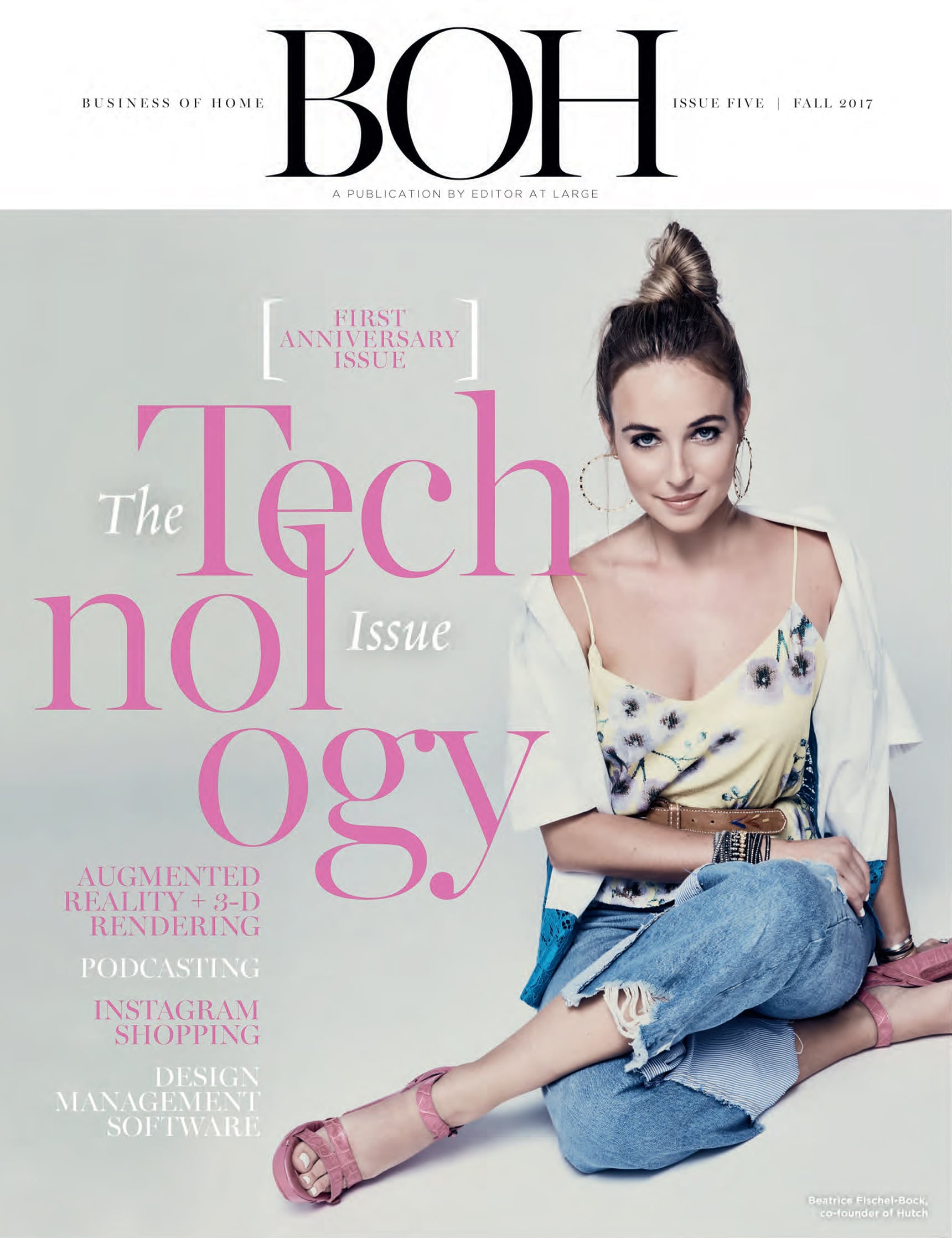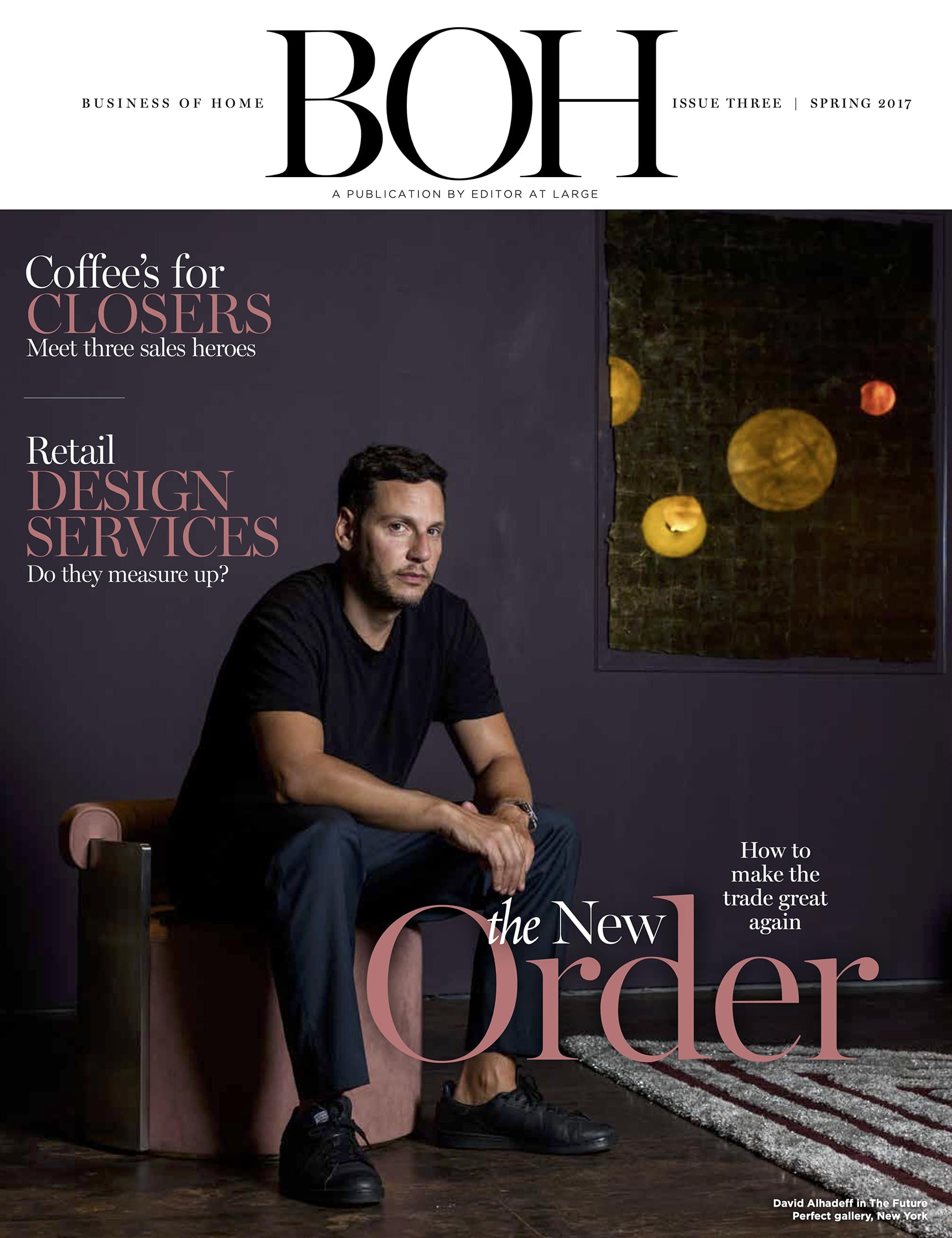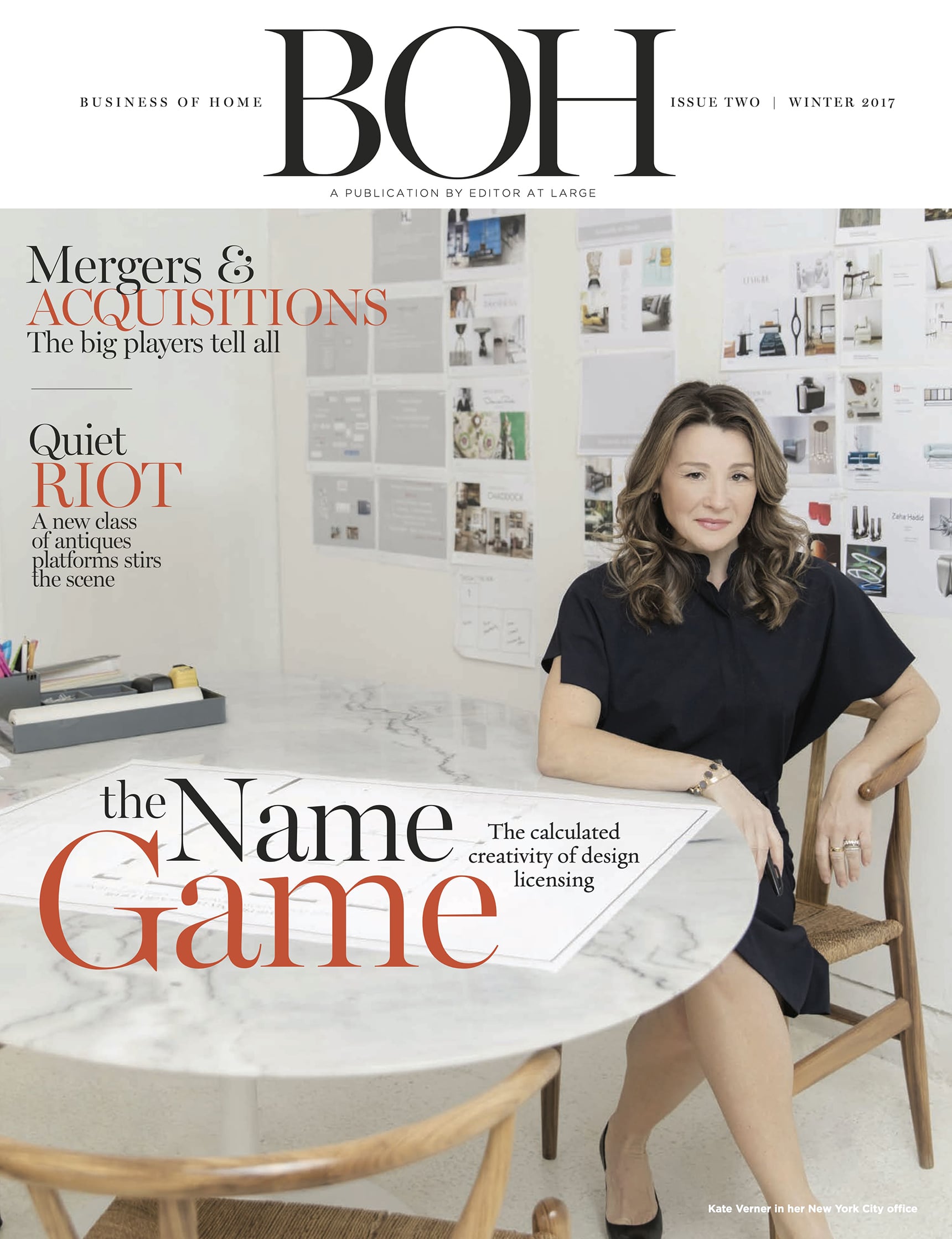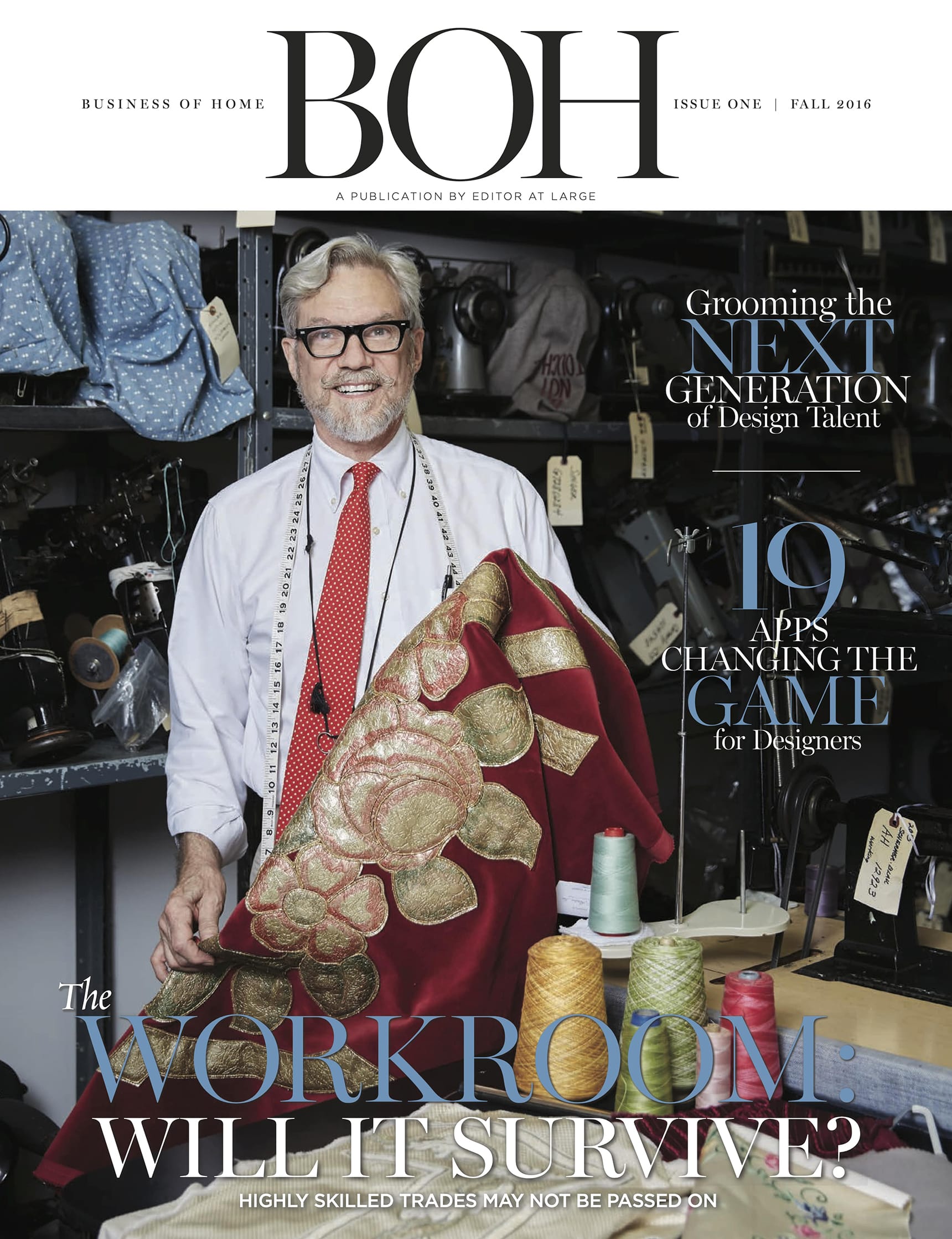As a new generation of clients comes of age, and technology continues to seep its way into every corner of a decidedly old-school profession, it’s likely that design won’t be exactly the same in 2030 as it is in 2020. What will it be like? And just as importantly, what will it be worth? We asked three futurists to find out.
These days, who has time to even get to the bottom of their inbox, let alone think long-term about the future of the industry? While no one wants to believe they’ve got their head in the sand, most of us have a hard time imagining that interior design will be that different in 10 years. There’s even a name for this phenomenon: the “end-of-history illusion.” It’s the universally shared psychological delusion that convinces us all that we—and the world around us—won’t change.
Change does come, of course, and you only have to take a quick glance back to realize how radical it can be. A hundred years ago, interior design was an extremely rarefied profession, the province of a tiny handful of ultrawealthy clients. Now, there are far more interior designers in America than coal miners, a reality that would have been unimaginable in 1920. Luckily, most of the change the industry has undergone over the last century has been positive for designers. But who’s to say that trend will continue?
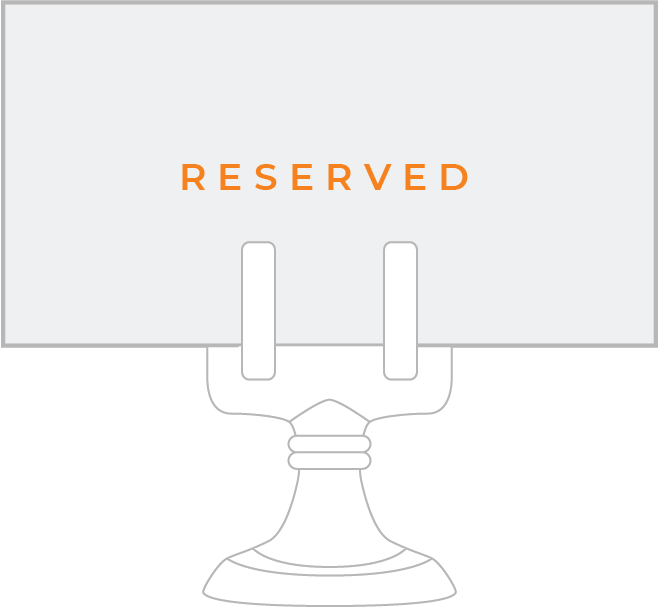
BOH subscribers and BOH Insiders.



















